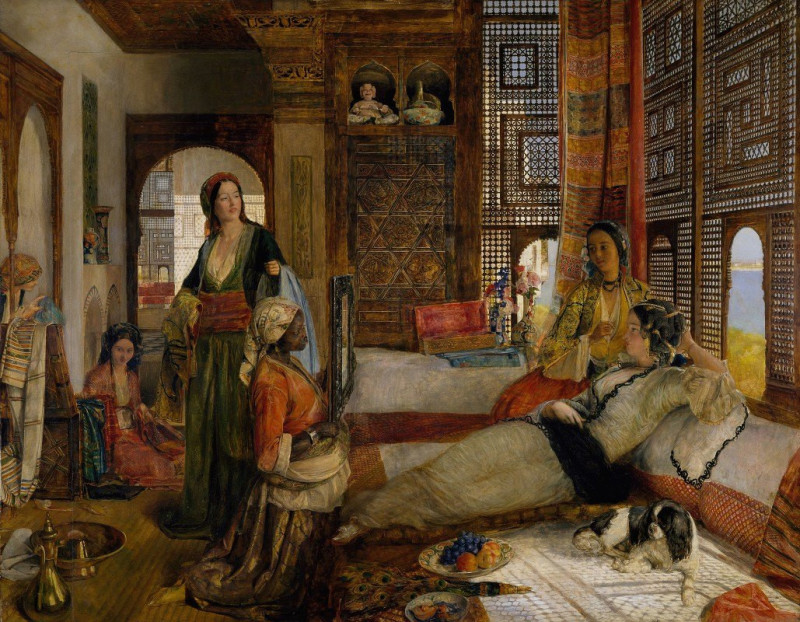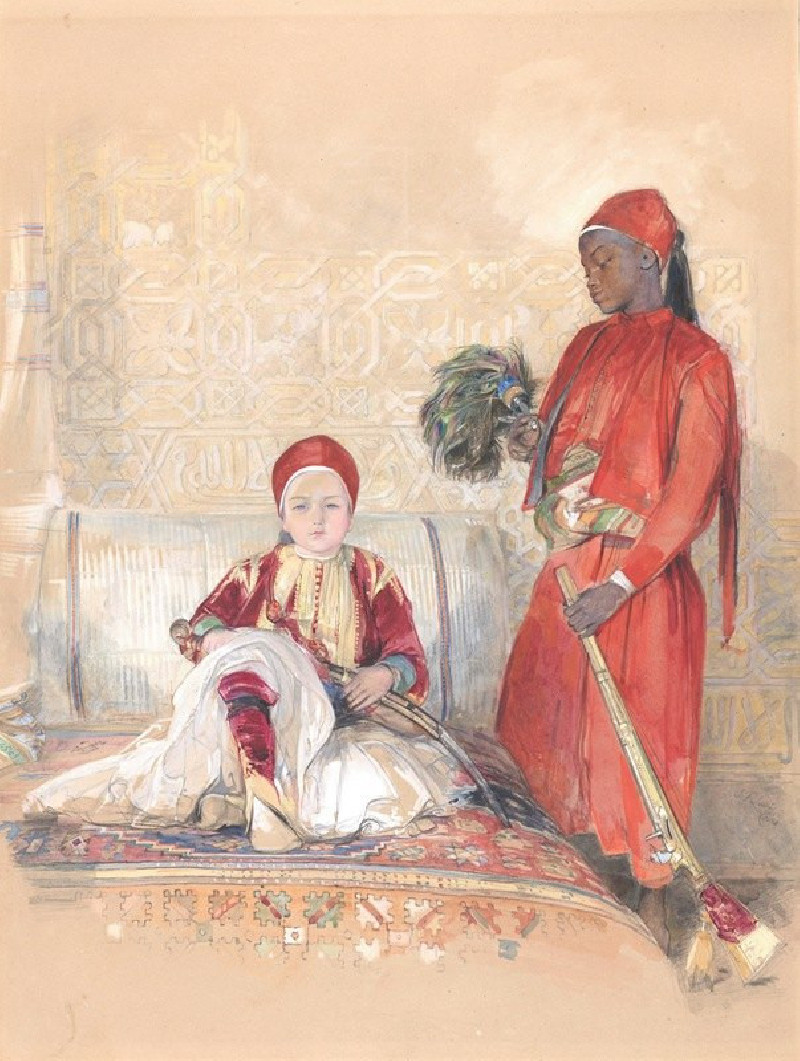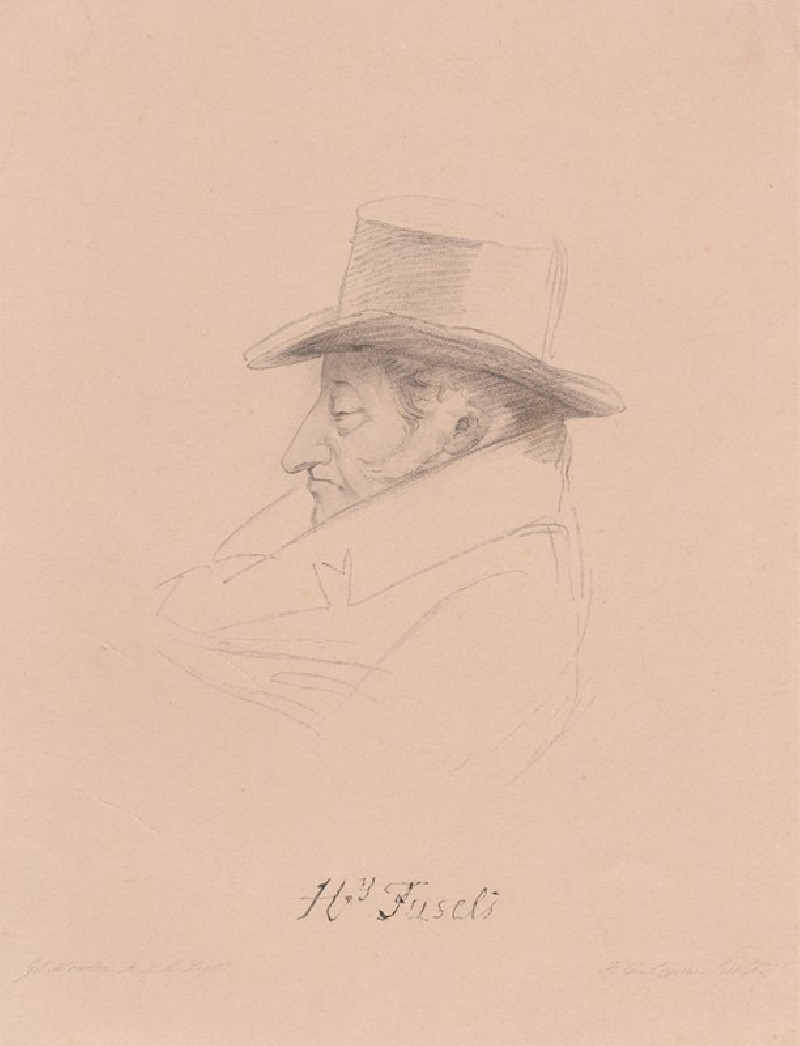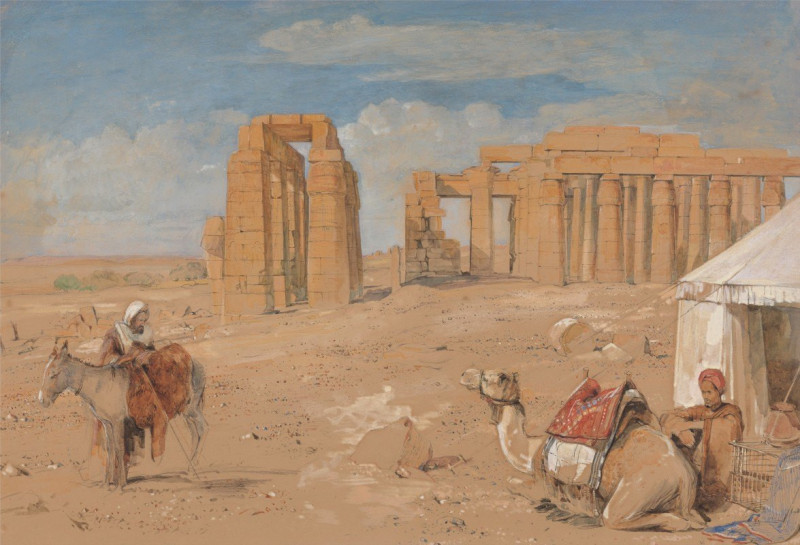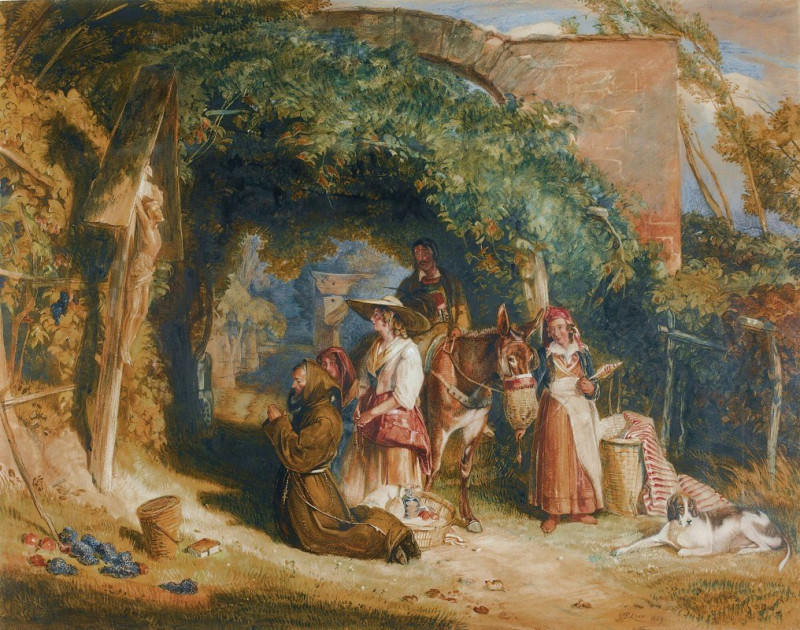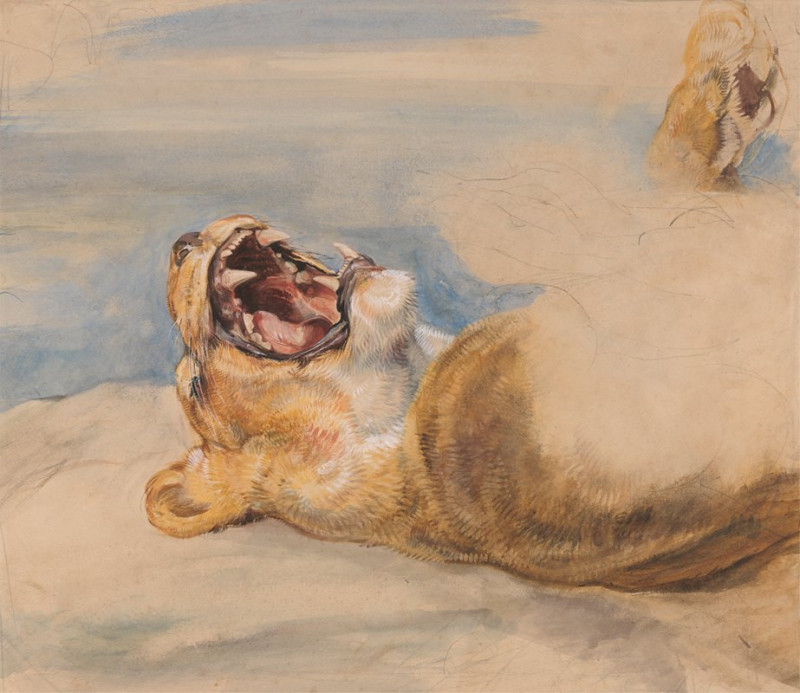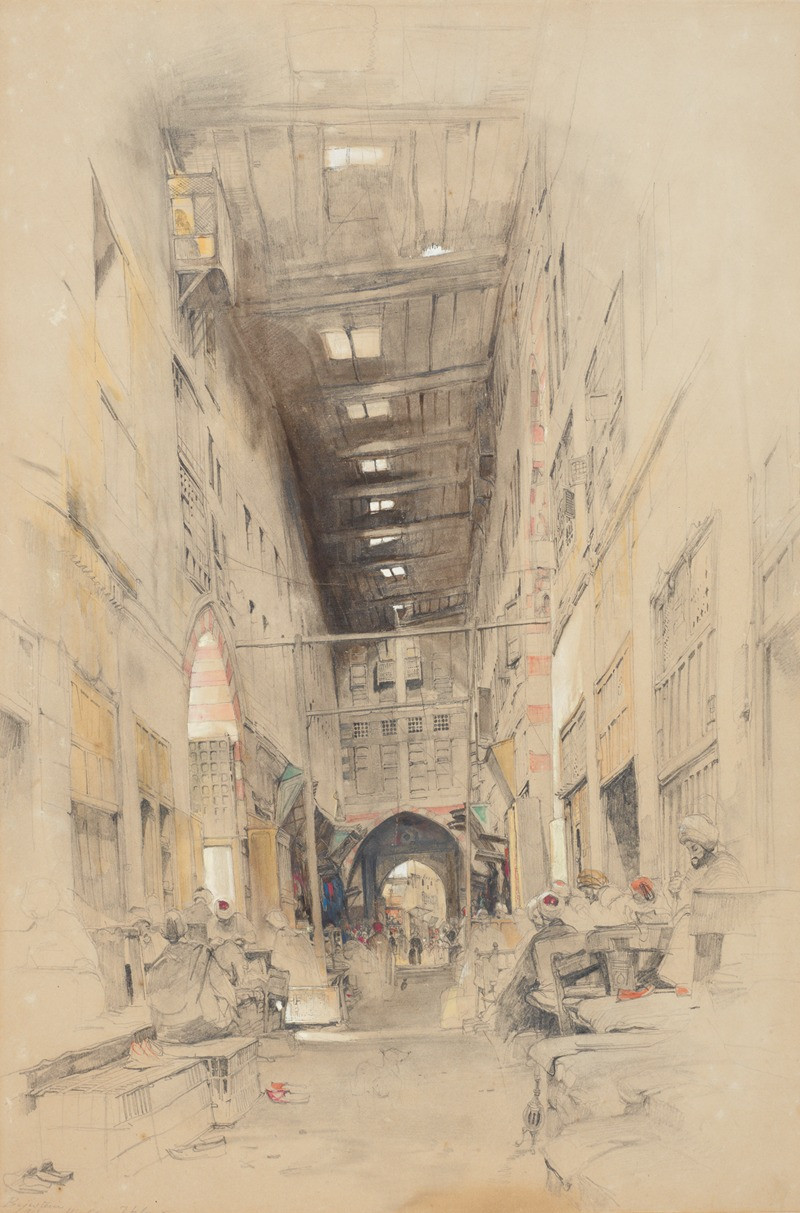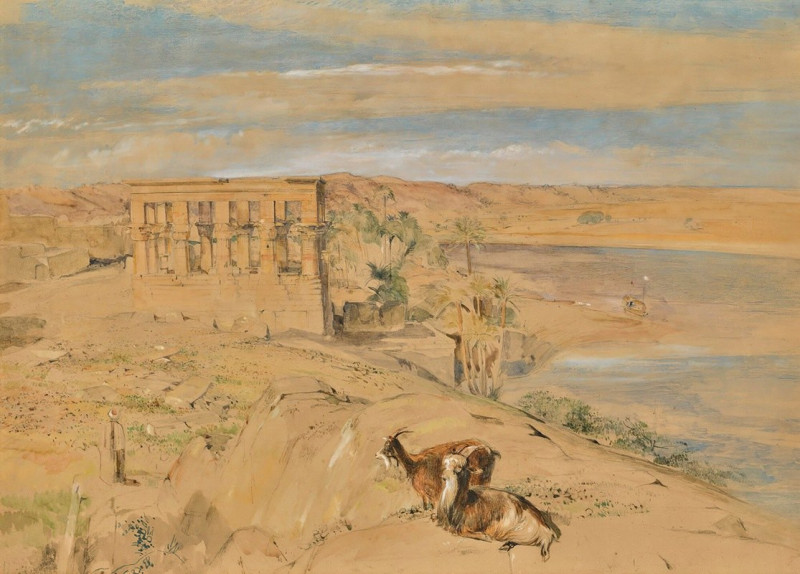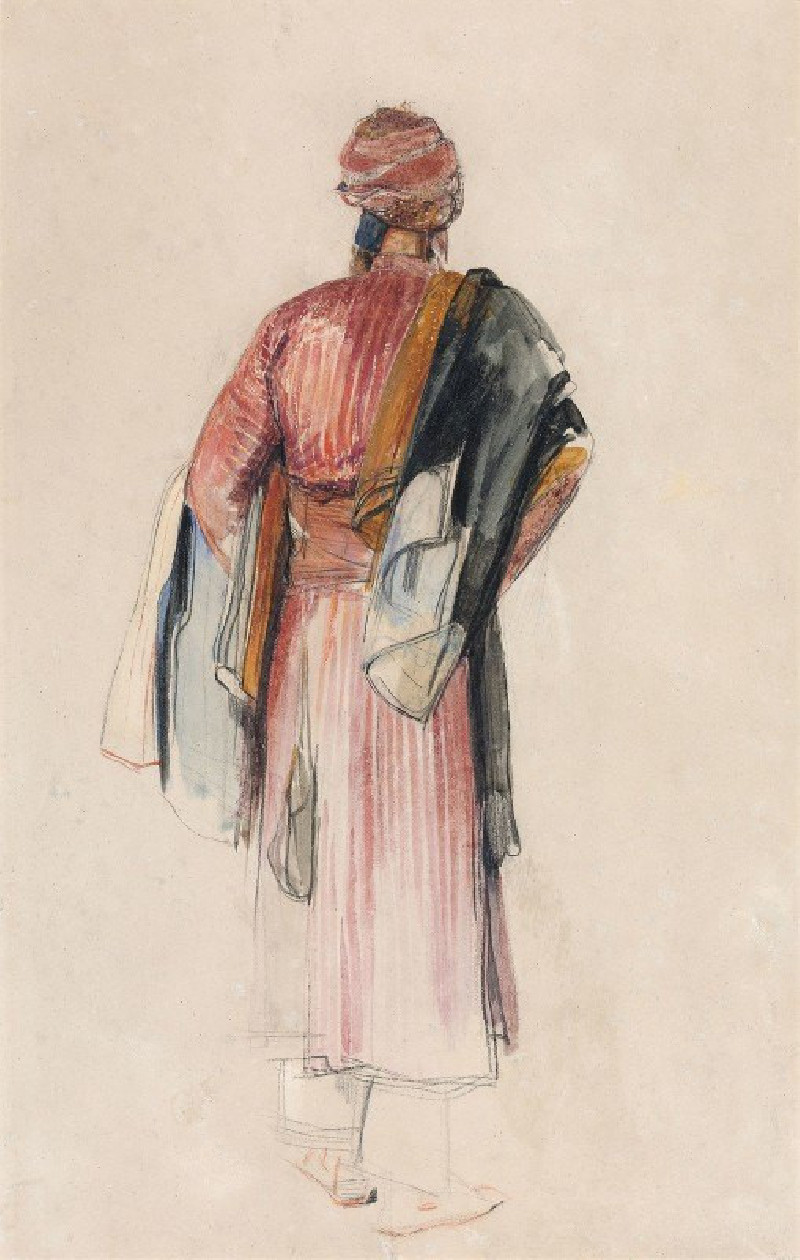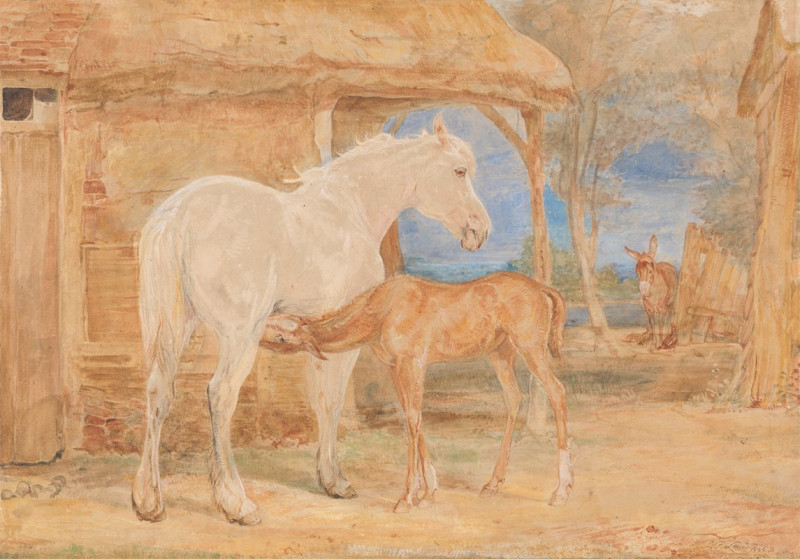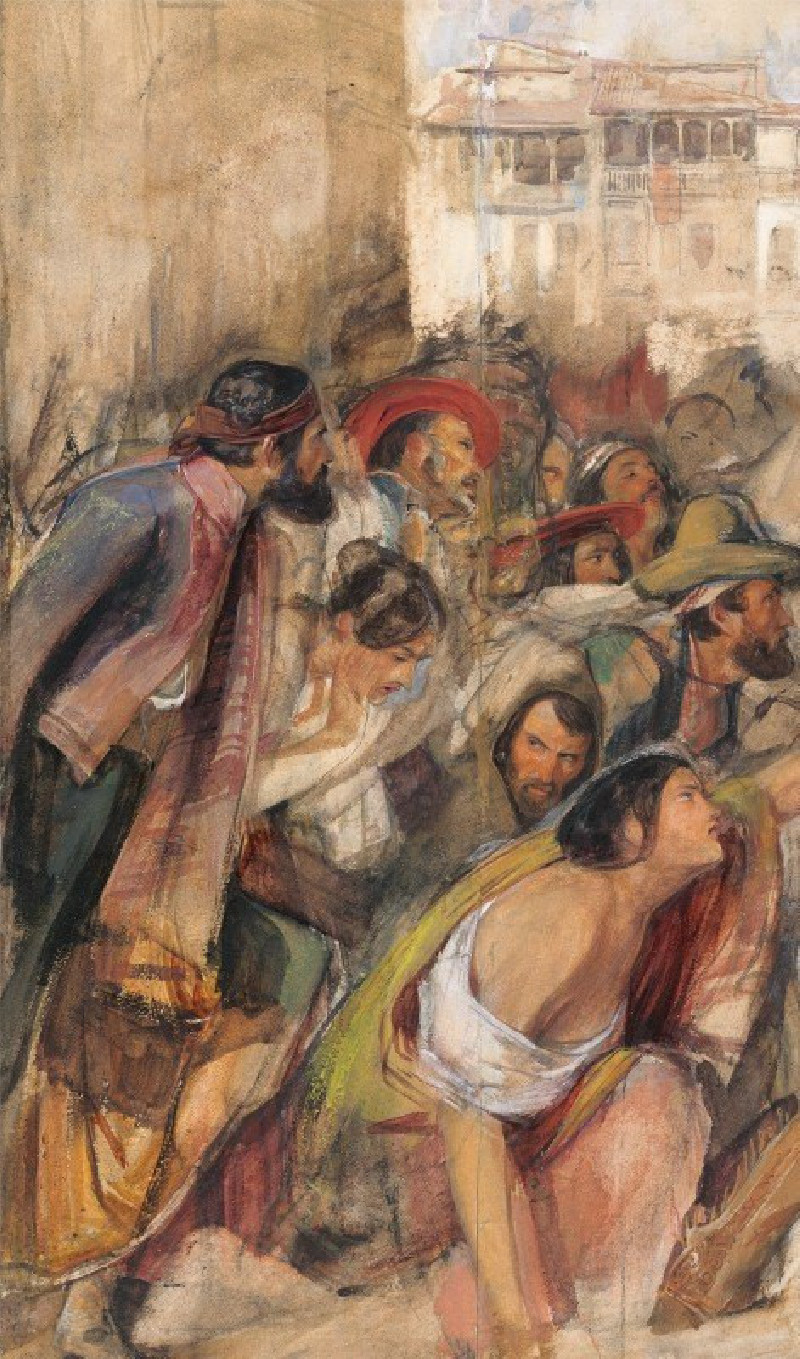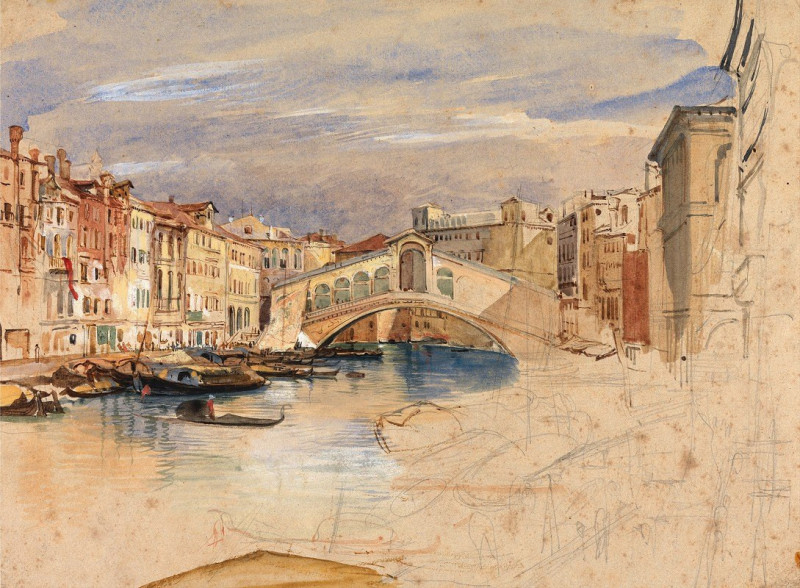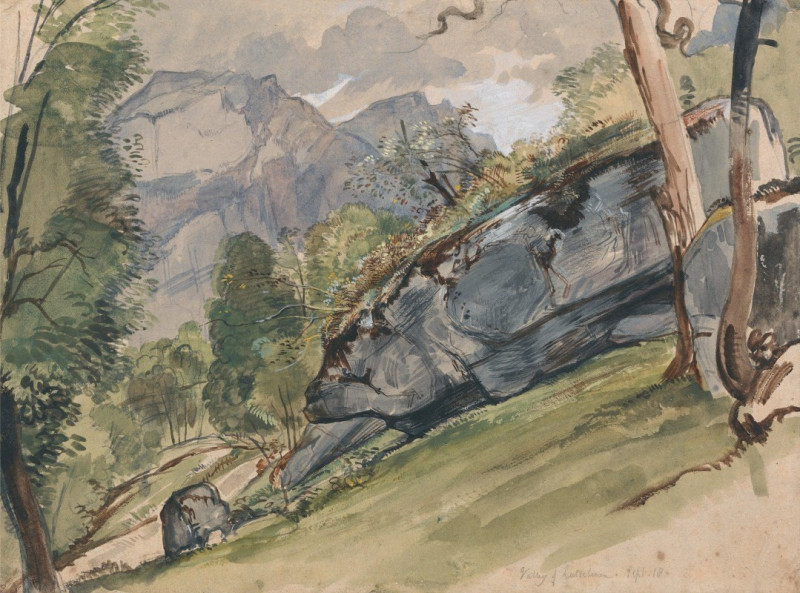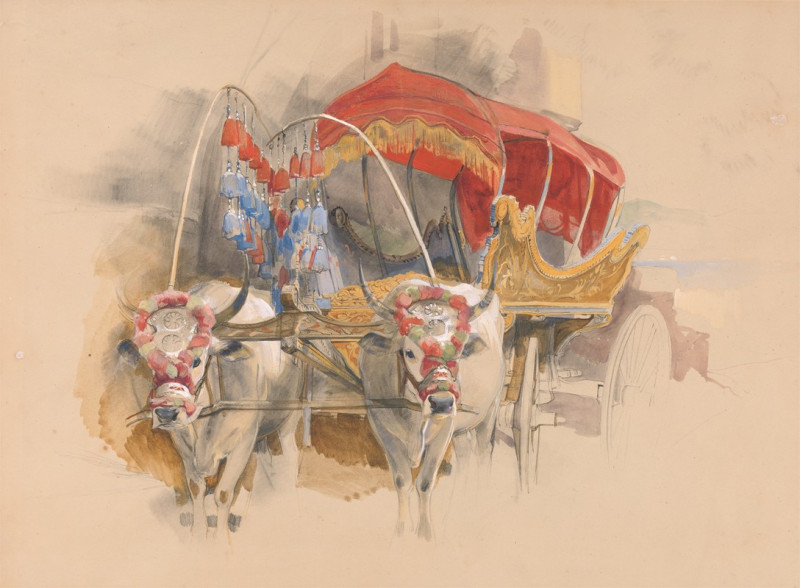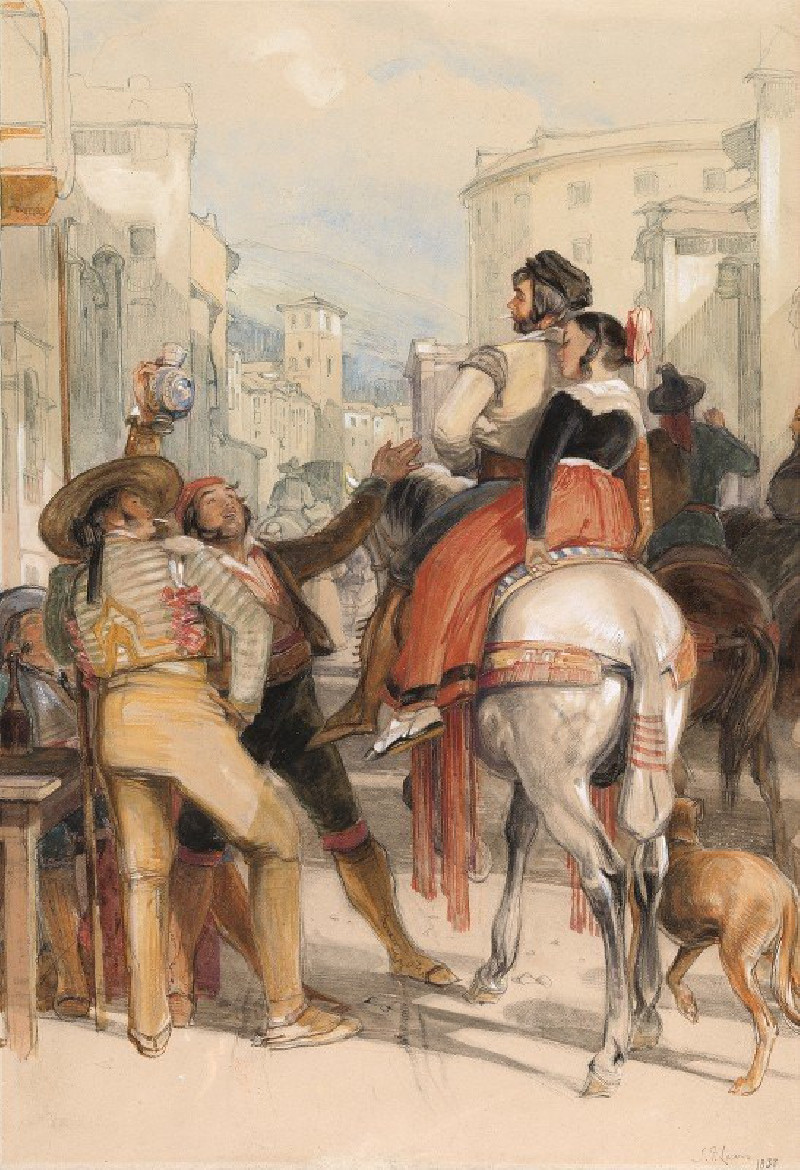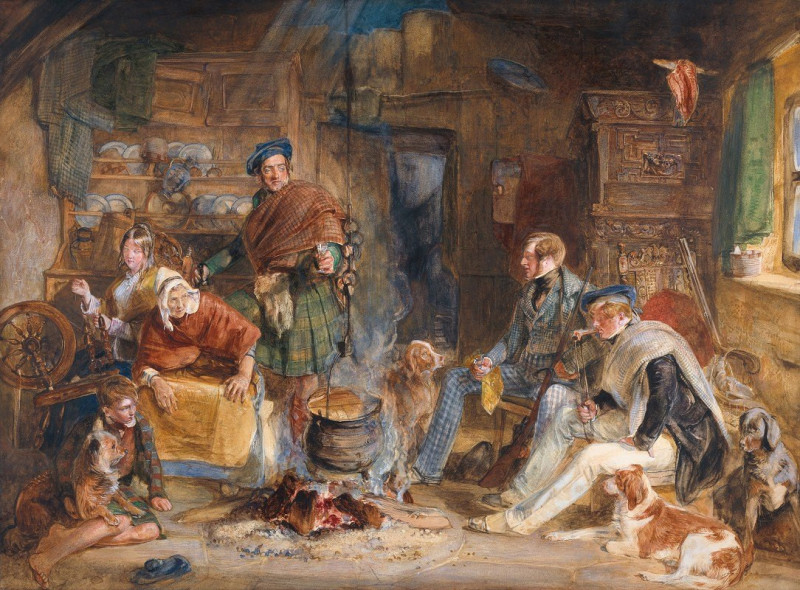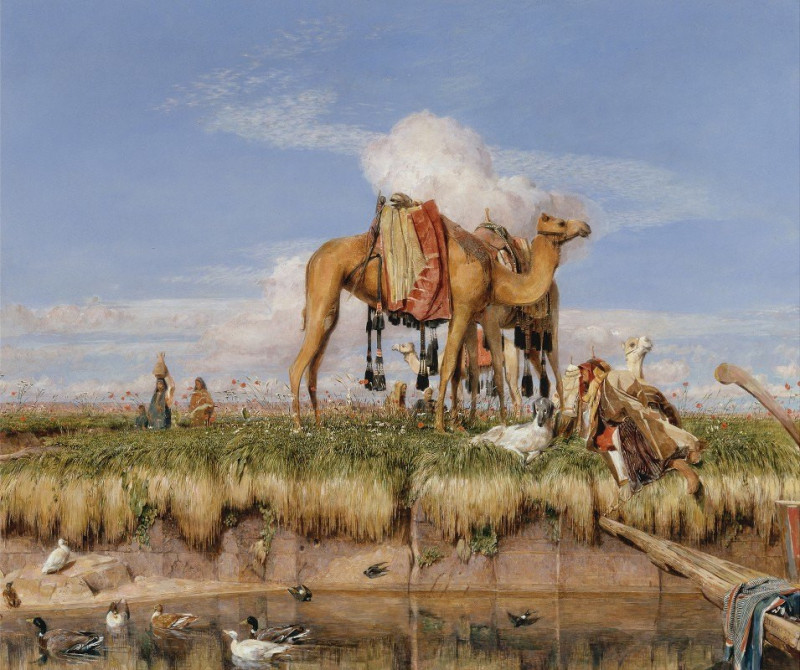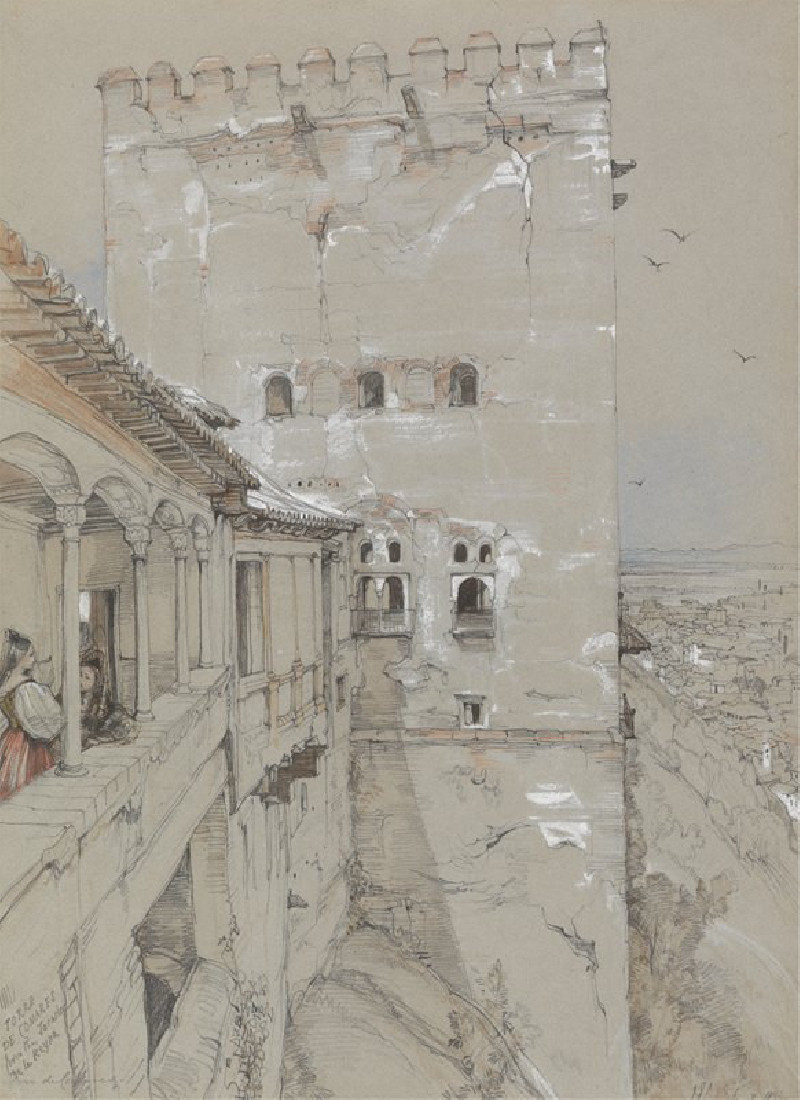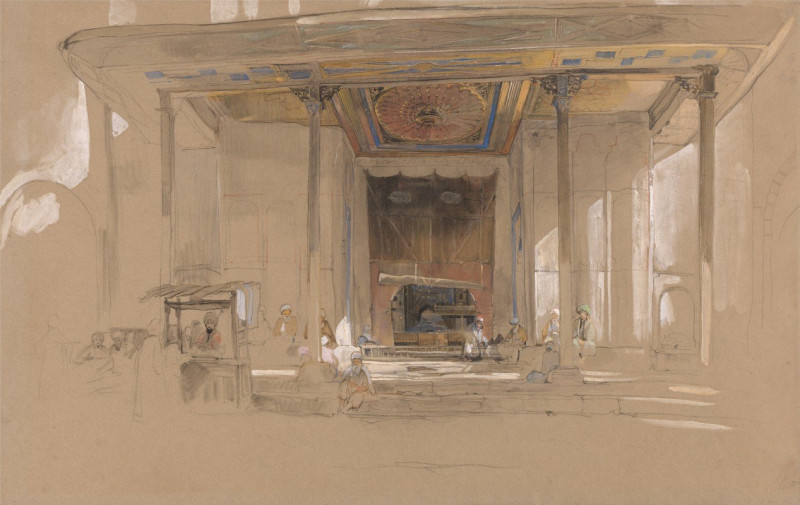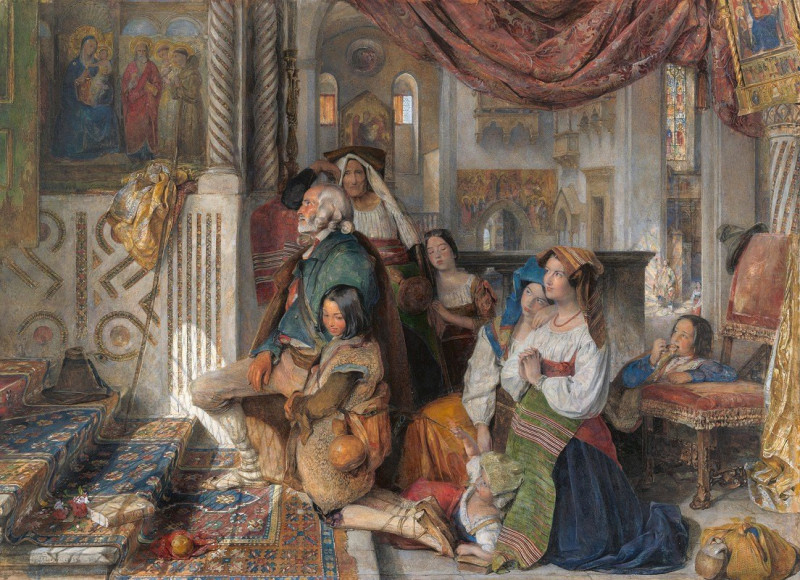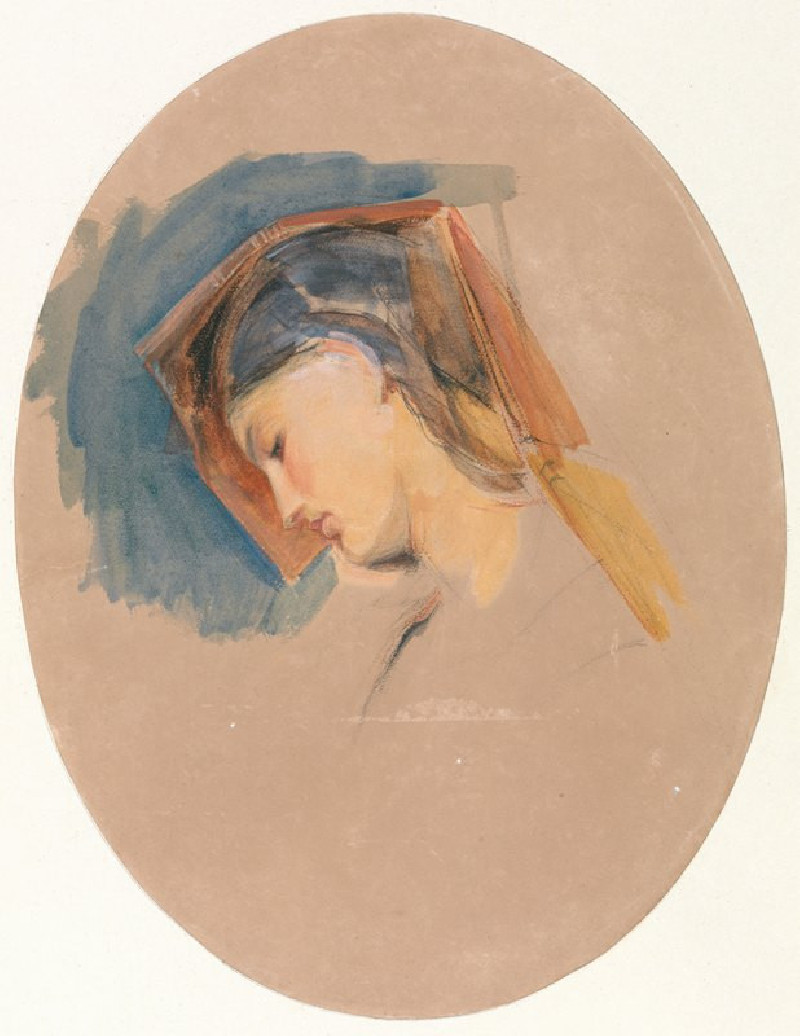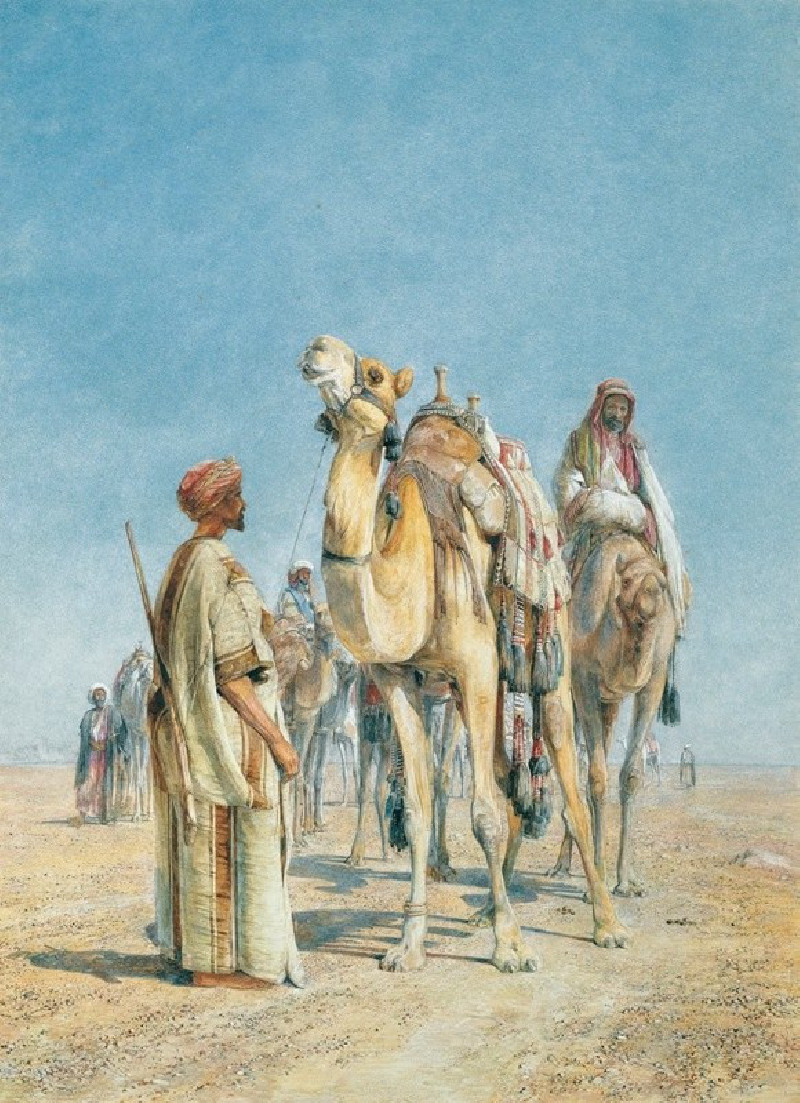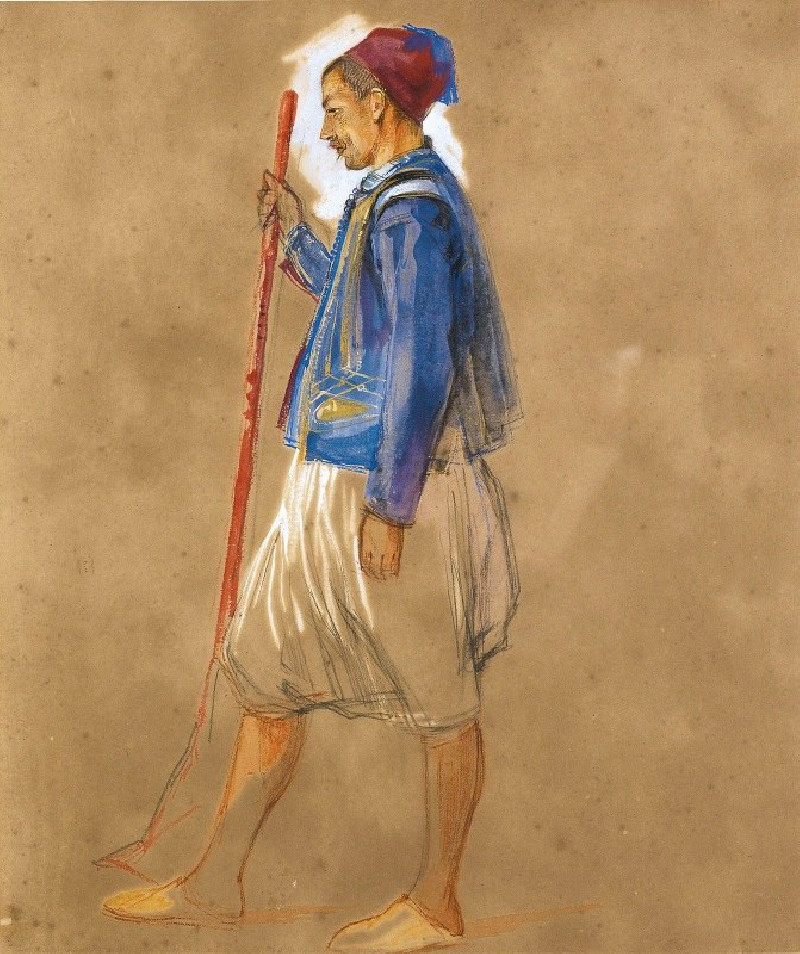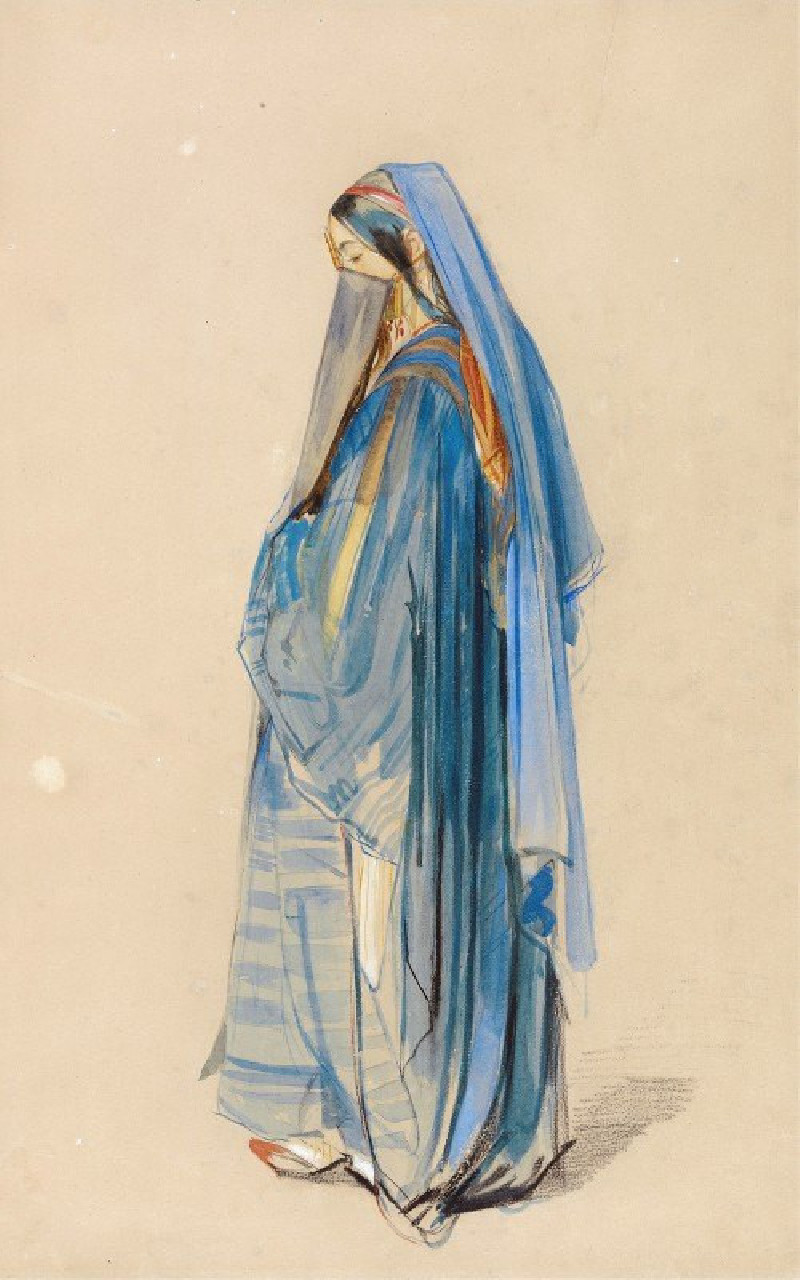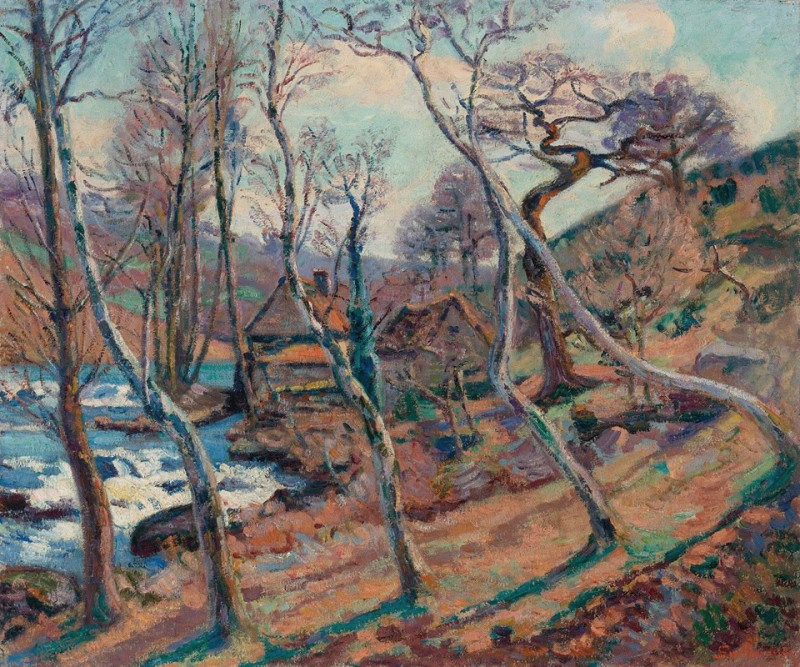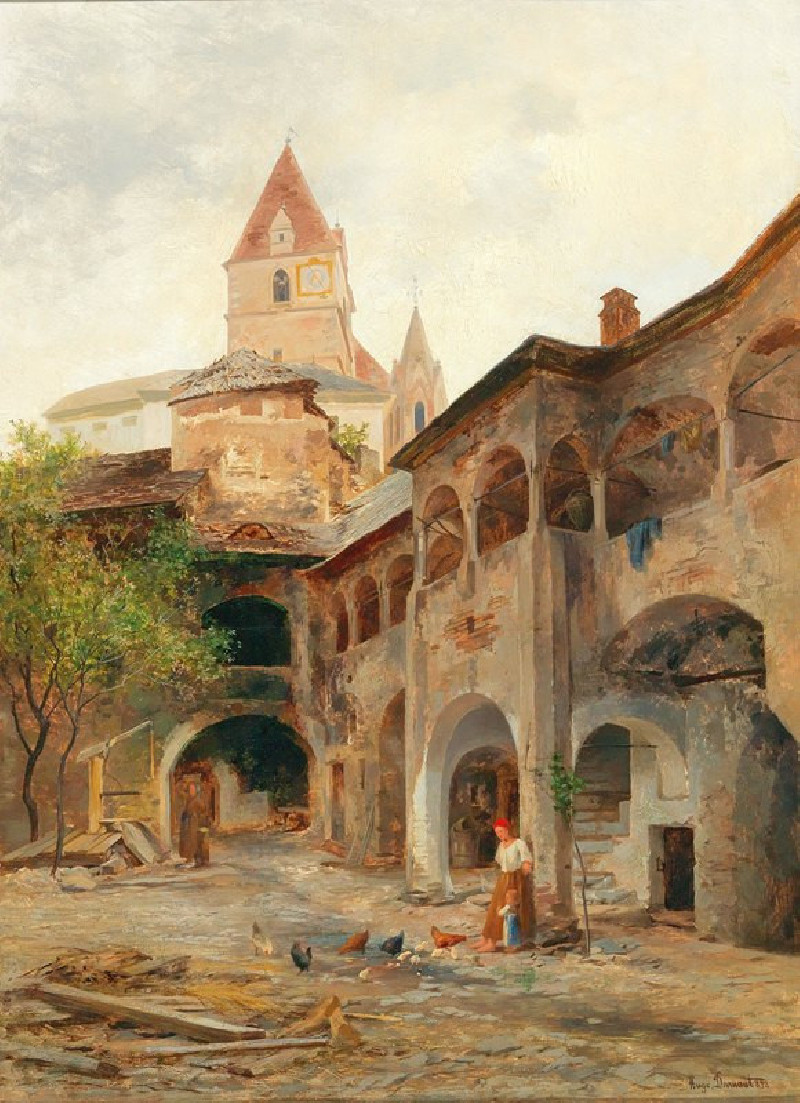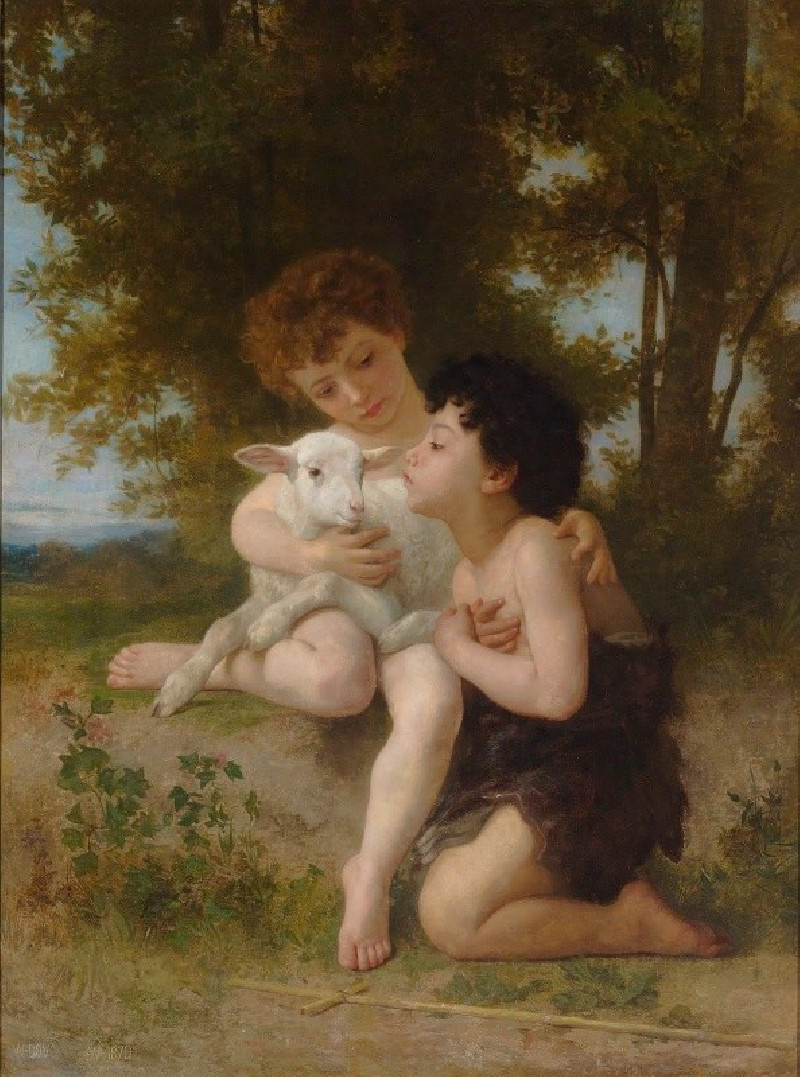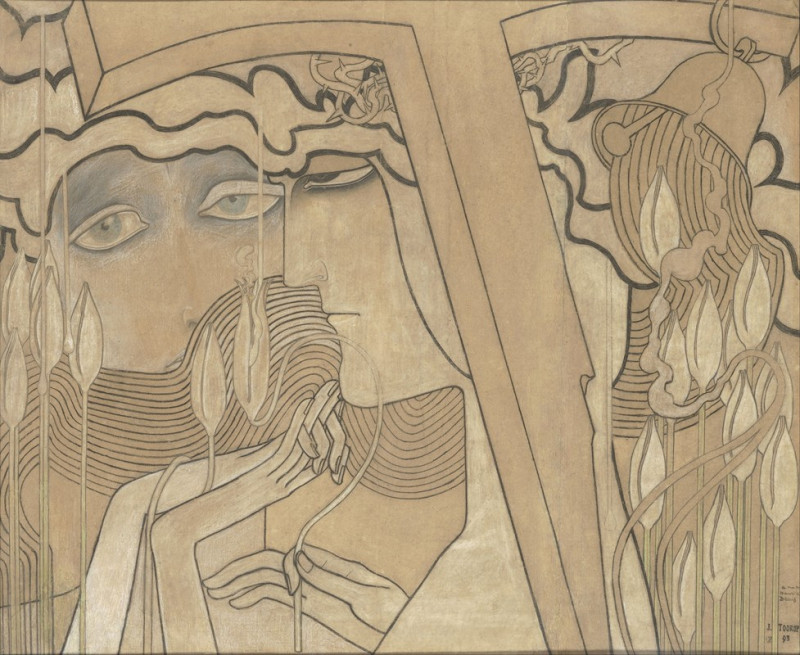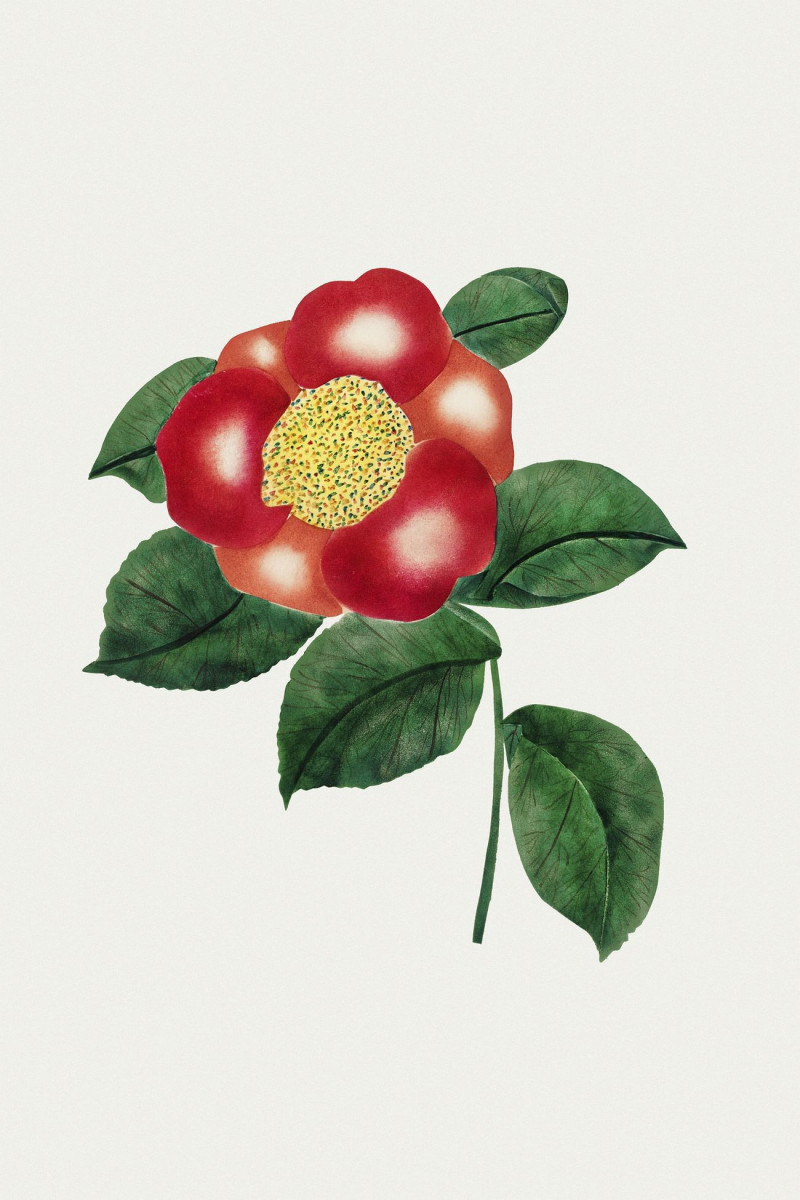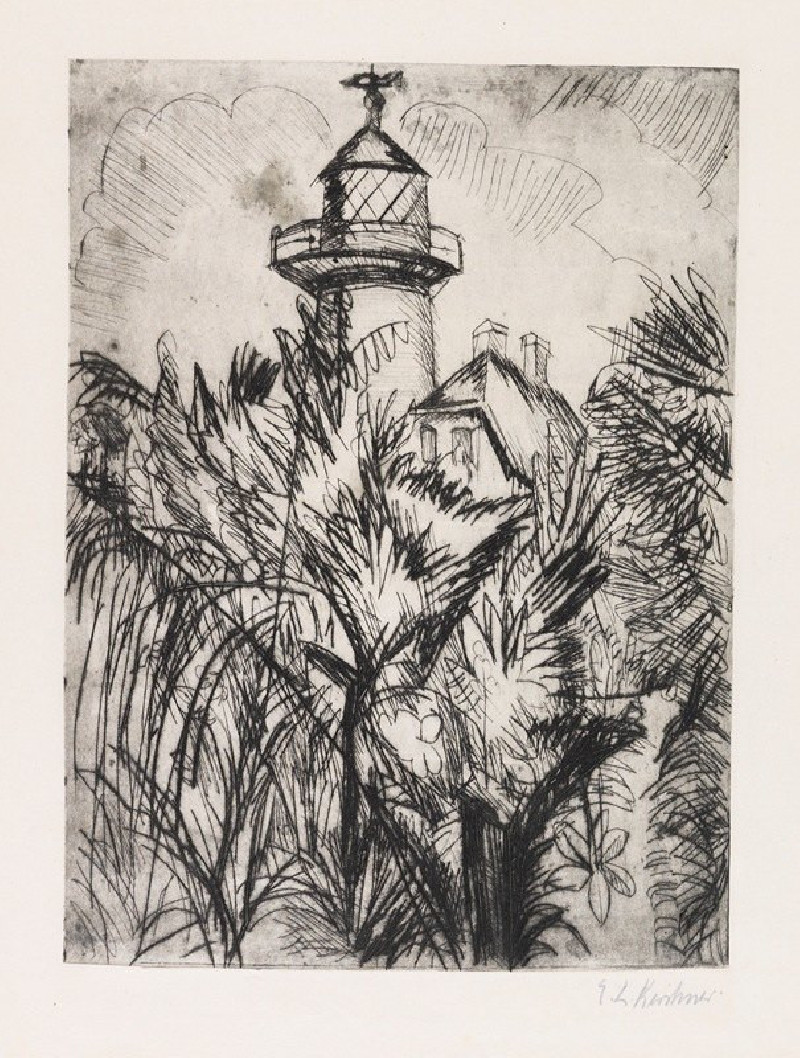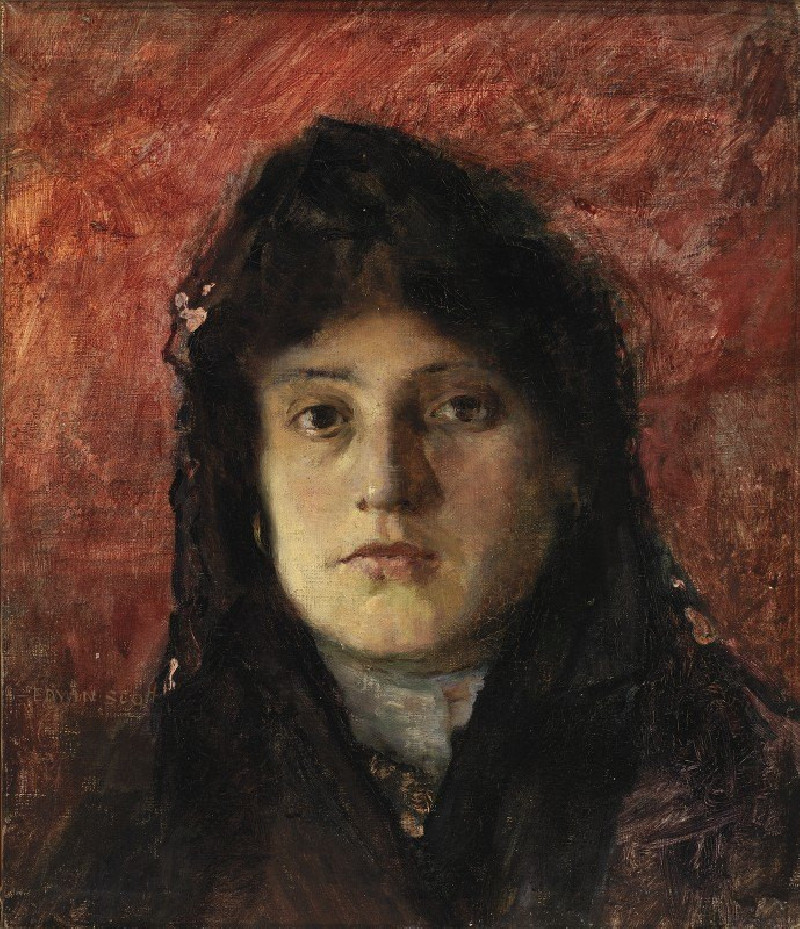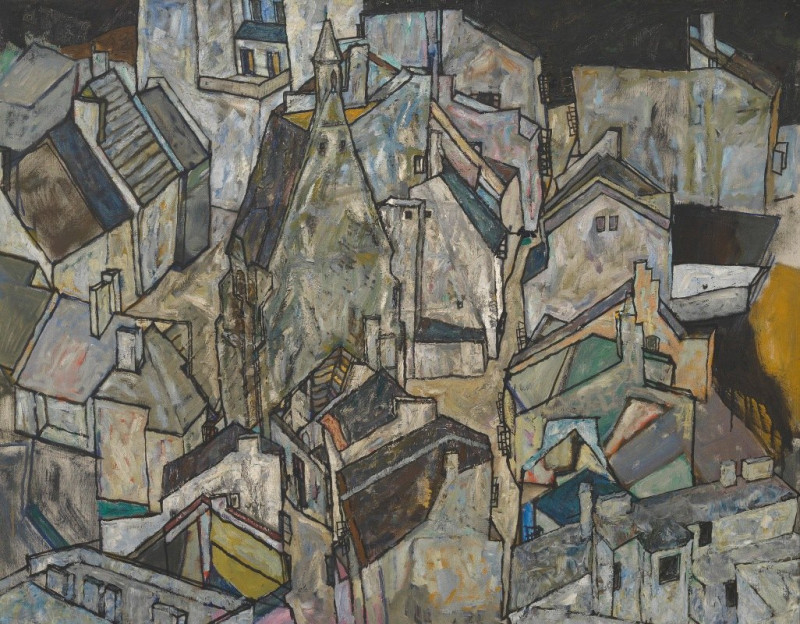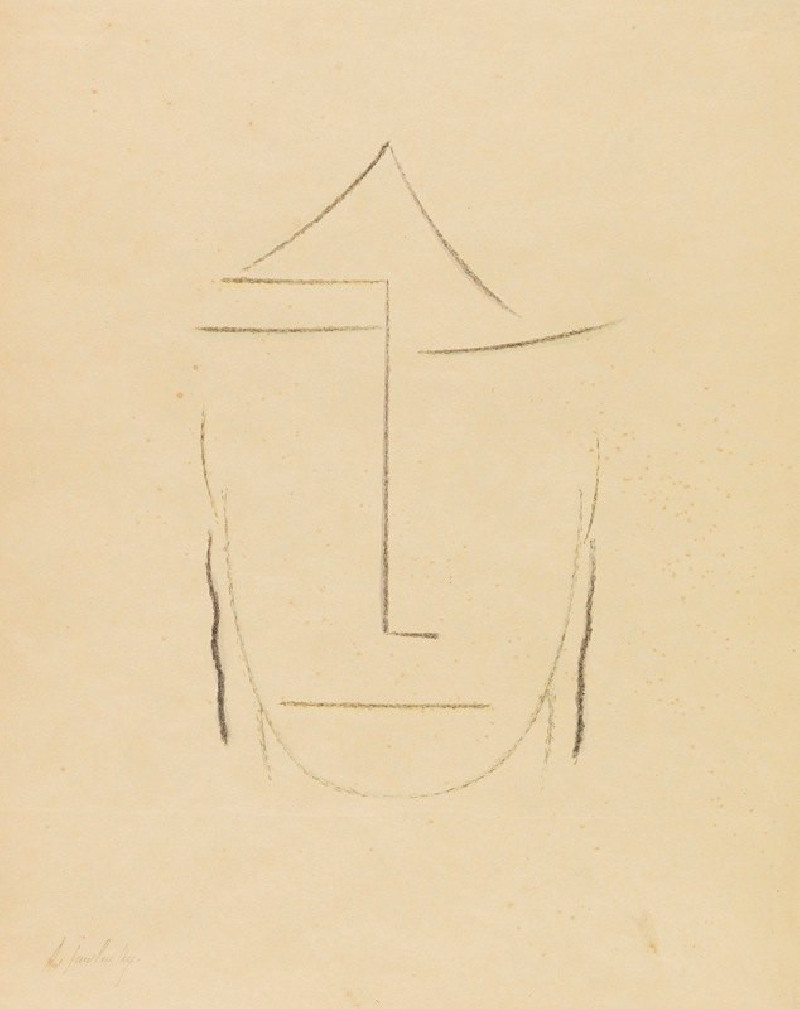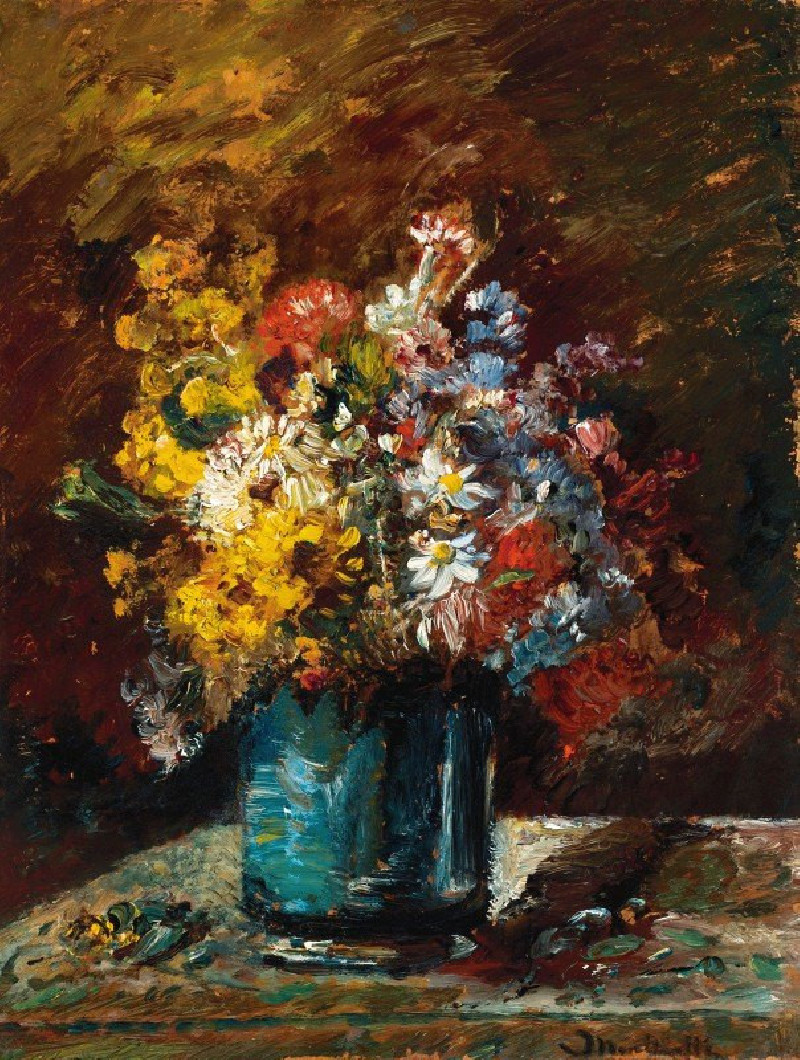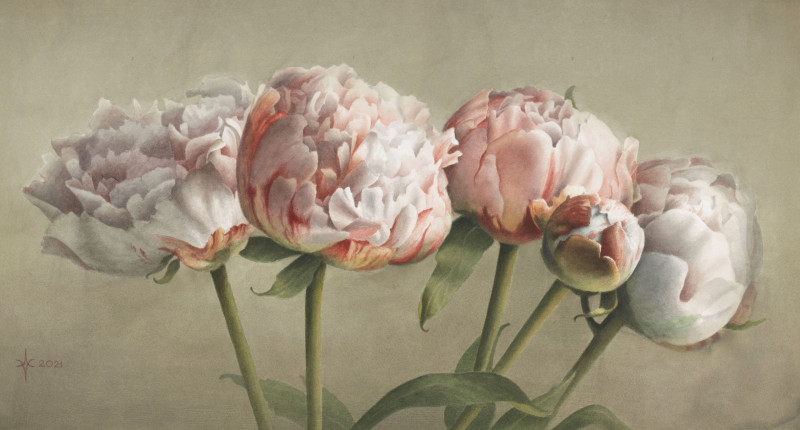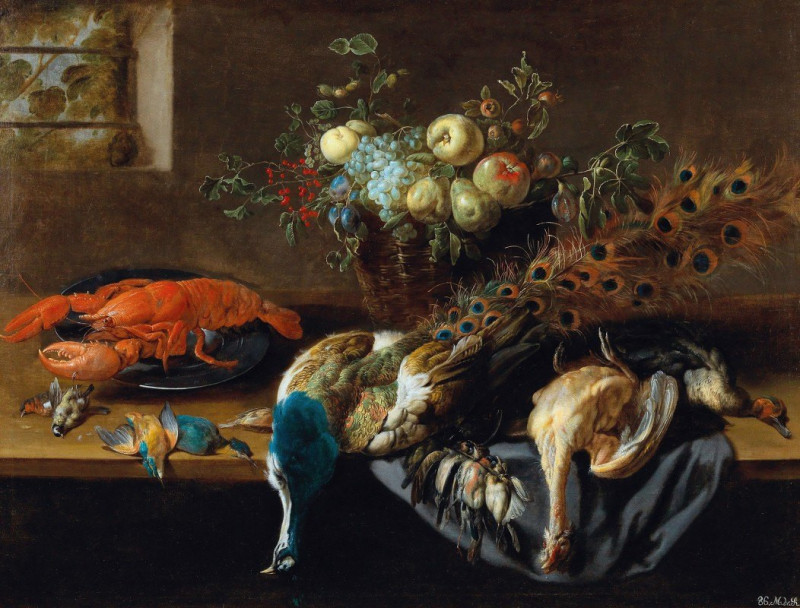Lilium Auratum (1871)
Technique: Giclée quality print
Recommended by our customers
More about this artwork
Dive into the vibrant and detailed world of John Frederick Lewis's painting, "Lilium Auratum" (1871), a captivating masterpiece that delves deep into the beauty of nature and the grace of human presence. This exquisite painting captures two women in a lush, flower-filled garden, each absorbed in her interaction with the natural surroundings.The backdrop of the painting is a vivid portrayal of a diverse garden, extensively populated with a variety of floral species, prominently featuring the white blooms of the Lilium Auratum, or golden-rayed lily of Japan, from which the painting derives its name. The garden bursts into a symphony of colors that complement the intricate patterns and rich textures of the women's attire.The woman to the left, dressed in an ornate pink and gold costume, delicately handles a silver vase, her pose reflecting a gentle concentration. Her companion, adorned in a striped, multi-colored dress, seems to be engaged in selecting the best flowers to pick, perhaps for a decorative arrangement. Their traditional attire, along with the serene expression on their faces, conveys a sense of timeless elegance and tranquility.Each detail in the painting—from the individual flower petals to the texture of the fabrics and the serene landscape in the background—demonstrates Lewis's meticulous attention to detail and his mastery in rendering both nature and the human figures with realism and sensitivity."Lilium Auratum" is not only a visual treat but also an invitation to ponder the harmony between humans and nature. It reflects a moment frozen in time, where beauty and calm prevail, offering viewers a chance to step away from the rush of modern life into a world of serene contemplation.
Delivery
Returns
John Frederick Lewis was an English Orientalist painter. He specialized in Oriental and Mediterranean scenes in detailed watercolour or oils, very often repeating the same composition in a version in each medium. He lived for several years in a traditional mansion in Cairo, and after his return to England in 1851 he specialized in highly detailed works showing both realistic genre scenes of Middle Eastern life and more idealized scenes in upper class Egyptian interiors with little apparent Western influence.


